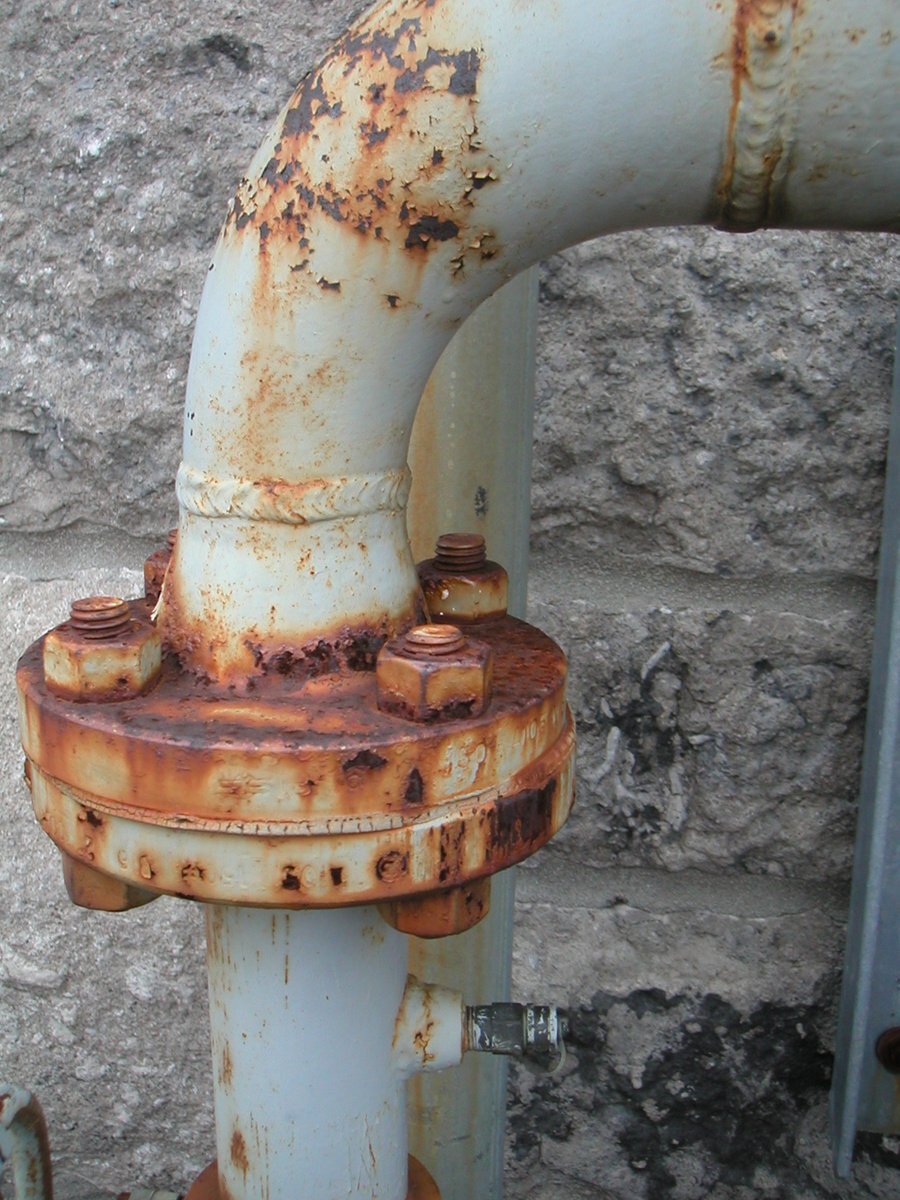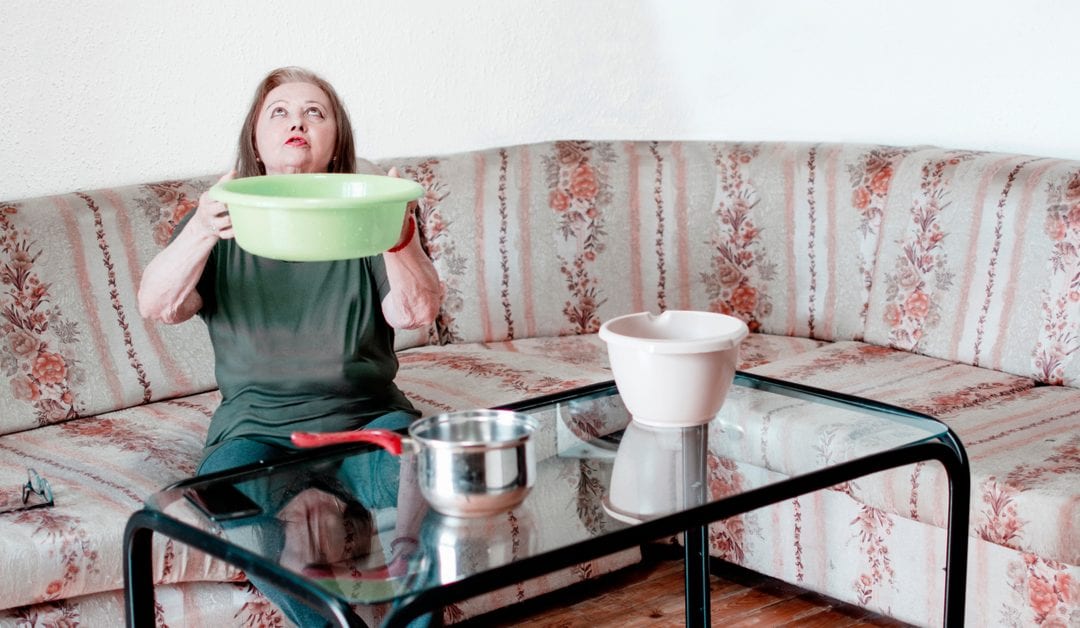Tackling Plumbing Issues in Older Homes: Expert Guidance
Tackling Plumbing Issues in Older Homes: Expert Guidance
Blog Article
Almost everyone has got their own thinking on the subject of Plumbing Problems In Old Homes.

Older homes often include appeal, personality, and background, but they can also bring a host of pipes issues. Whether you're handling aging pipes, low water stress, or leakages, knowing how to address these common problems is critical to keeping a safe and useful home. In this overview, we'll check out the typical plumbing obstacles faced by older homes and give useful remedies to keep your pipes in top form.
Comprehending Usual Plumbing Problems
Aging Pipelines
One of the most usual issues in older homes is maturing pipelines. Depending upon the period in which your home was built, the pipelines may be made from products that have weakened with time, such as galvanized steel, cast iron, or even lead. These products can rust, come to be brittle, or create leakages, resulting in water damages and possible health hazards.
Low Tide Pressure
If you're experiencing low water pressure, maybe as a result of mineral deposits, deterioration inside the pipes, or old fixtures that are no more operating efficiently. This can be a major trouble, especially in areas like showers and sinks.
Dripping Pipelines
Leakages are another frequent problem in older homes, frequently triggered by rusty or damaged pipelines. Also small leaks can bring about substantial water damage, mold growth, and enhanced water expenses if not addressed quickly.
Out-of-date Components
Obsolete plumbing fixtures such as faucets, toilets, and showerheads not only look old but may likewise be less effective, vulnerable to leaks, or incompatible with modern-day pipes requirements.
Pipeline Rust
Rust is a common trouble in older pipes, particularly those made from galvanized steel or actors iron. Corroded pipelines can limit water circulation, trigger staining, and at some point bring about leakages or pipe bursts.
Analyzing the Problem of Your Pipes
Checking Noticeable Pipes
Start by inspecting any type of visible pipes in your house, such as those in cellars, crawl spaces, or under sinks. Try to find indications of corrosion, leaks, or rust, which can show underlying concerns.
Looking for Leaks
Look for leakages by evaluating locations around faucets, toilets, and under sinks. You can also monitor your water meter before and after a period of no water utilize to detect hidden leakages.
Water Top Quality Screening
Older pipelines can affect the quality of your water. Conduct a water quality examination to look for pollutants such as lead, rust, or various other pollutants that might be presented by maturing pipelines.
Solutions for Common Pipes Concerns
Changing Aging Pipelines
If your home has old, degrading pipes, consider changing them with contemporary materials like copper or PEX. This can be a considerable financial investment, however it will prevent future concerns and enhance the safety and integrity of your pipes system.
Taking Care Of Low Water Stress
To take care of low water stress, begin by cleansing or replacing old fixtures and getting rid of mineral accumulation in the pipelines. If the issue persists, it may be needed to change sections of rusty pipes.
Repairing and Changing Dripping Pipes
For small leaks, you can utilize pipe clamps or epoxy putty as a temporary fix. However, it's finest to replace leaking pipes entirely to prevent further damages.
Upgrading Fixtures
Updating old components to modern, water-efficient designs can boost your home's pipes efficiency and minimize water usage. Seek fixtures with the WaterSense label for the very best efficiency.
Managing Pipe Deterioration
If your pipelines are rusted, replacing them with corrosion-resistant materials like copper, PVC, or PEX is the very best remedy. Routine inspections and water quality maintenance can assist protect against additionally corrosion.
When to Call an Expert
While some pipes problems can be taken care of with DIY options, there are times when it's best to contact a specialist. If you're dealing with significant leaks, substantial corrosion, or are not sure concerning the condition of your pipelines, a certified plumbing professional can provide professional evaluation and repair work.
Preventive Upkeep Tips
Routine Examinations
Frequently evaluate your pipes system for indicators of deterioration. Catching concerns early can prevent costly repair services down the line.
Water Stress Regulation
Guarantee your water stress is within the recommended range to prevent emphasizing your pipelines and fixtures. A plumbing technician can mount a stress regulatory authority if needed.
Water Quality Upkeep
Mount water filters or softeners if your water quality is poor. This can protect your pipes and components from damage caused by hard water or contaminants.
Aggressive Pipeline Replacement
If your home has older pipelines, think about aggressive substitute before major issues arise. This can save you from emergency situation fixings and water damages.
Final thought
Managing plumbing concerns in older homes needs a combination of vigilance, preventative upkeep, and timely upgrades. By comprehending the typical difficulties and knowing when to look for expert help, you can guarantee your plumbing system stays practical and reliable for many years to come.
Common Plumbing Issues in Older Homes and How to Fix Them
Owning an older home in Australia comes with its unique charm and a set of challenges, especially when it comes to plumbing. The Sunshine Coast has many older properties that can harbour plumbing problems that aren t just inconvenient but potentially costly. Here s a look at some common plumbing issues in older homes and expert advice on how to handle them.
Outdated Piping Materials
Many older homes were built with galvanised steel, cast iron, or even lead pipes, materials that are far from ideal by today s standards. Galvanised pipes are prone to corrosion and clogging, while lead pipes pose serious health risks.
How to Fix:
Replacing old pipes is a job for a professional. Upgrading to copper or PVC piping not only enhances water quality and flow but also increases the property s safety and value. If you suspect your home has outdated materials, a licensed plumber can conduct a thorough inspection and recommend the best course of action.
Corrosion and Pipe Degradation
Over time, exposure to water and minerals can cause pipes to corrode, leading to leaks, bursts, and water contamination. Corrosion is especially common in homes over 50 years old.
How to Fix:
Regular inspections can catch early signs of corrosion. If corrosion is found, the affected section of piping often needs to be replaced. For homes with extensive corrosion, a complete plumbing overhaul might be necessary. It s crucial to consult with a plumbing expert to understand the extent of the issue.
Tree Root Intrusion
Older neighbourhoods usually have mature trees whose roots can intrude into pipe lines, causing blockages or damage. This is particularly problematic for sewer lines, where roots seek out water sources.
How to Fix:
A plumber can use a specialised camera to inspect sewer lines for root intrusion. If roots are a problem, methods like root cutting or hydro-jetting can clear the obstruction. In severe cases, part of the pipe may need replacing. Consider root barriers around the piping to prevent future issues.
Inadequate Water Pressure
Low water pressure in older homes can be due to various factors, including corroded water lines, sediment build-up in pipes, or outdated fixtures.
How to Fix:
First, check if the low pressure is isolated to one area or throughout the house. Replacing old fixtures can sometimes resolve the issue. However, if the problem is more widespread, it might be due to sediment or corrosion. Flushing the system or replacing the affected pipes usually restores normal pressure. Again, a professional assessment is advisable.
Outdated Fixtures
Older homes often feature fixtures that are not only visually dated but functionally inefficient. This includes everything from toilets and taps to showerheads and washing machine hoses.
How to Fix:
Updating these fixtures can improve both water efficiency and the aesthetic appeal of your home. Modern fixtures are designed to conserve water, which can significantly reduce your water bill and lessen your environmental impact.
Conclusion
Maintaining the plumbing in an older home requires a proactive approach. Regular checks and updates are key to preserving these beautiful properties. If you re facing plumbing issues in your older home, it s best to call on experienced professionals like Green & Gold Plumbing & Gas. With the right expertise, even the most daunting plumbing problems can be resolved, ensuring that your home s character is maintained while its functionality is enhanced.
https://gandgplumbing.com.au/common-plumbing-issues-in-older-homes-and-how-to-fix-them/

Do you enjoy reading about Common Plumbing Challenges In Old Buildings? Place feedback directly below. We will be pleased to know your reactions about this write-up. We hope to see you back again soon. So long as you liked our blog posting kindly remember to share it. I truly appreciate your readership.
Get Your Estimate Now Report this page